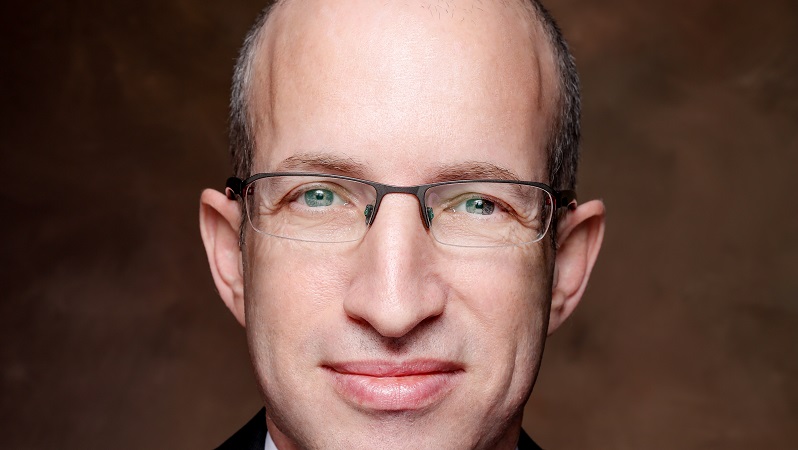The post-pandemic economic recovery is set to be unlike any other in history, which will create a highly unpredictable investment environment, according to Yoram Lustig, head of multi-asset solutions, Emea at T Rowe Price.
With many of the typical features of an economy being turned on its head – such as valuations being elevated, personal savings remaining robust and debt levels soaring – Lustig (pictured) said investors are currently living in “uncharted” territory.
Given these conditions will create both opportunities and risks, the T Rowe Price multi-asset team has accordingly identified five key themes it believes will drive the performance of global stock markets over the coming 12 months and beyond.
As investors prepare their portfolios for the coming year, Lustig said the first thing they should be factoring in is a sustainable economic recovery.
‘Irregular recovery’
“Although fundamentals – growth, inflation, interest rates, credit spreads and valuations – still matter, investors need to interpret these factors with particular care in such an unusual environment,” he said.
“A return to ‘normal’ depends on what form the post-pandemic economy takes and how quickly we get there,” he added. “As the hoped-for sustainable economic revival takes shape, investors should balance the risks of an irregular recovery and selected investment opportunities that could shine as growth resumes.”
The second theme the T Rowe Price team is monitoring is corporate earnings growth. The fact valuations are elevated for most asset classes relative to history has prompted concerns investors may have become overly optimistic.
“Whether or not current valuations persist will depend largely on whether they are supported by the expected acceleration in corporate earnings growth,” said Lustig. “Long-term secular themes will endure, and a cyclical recovery may create opportunities in areas that are likely to generate strong earnings growth in such an environment, such as value stocks and Japanese and emerging market equities.”
Third, despite the short-term interest rates set to remain near zero for the foreseeable future, bond yields have risen sharply in 2021 as investors began to anticipate stronger growth and higher inflation.
“Rising yields, a steepening yield curve and doubts over the timing of future Fed policy moves could lead to further episodes of market volatility in the second half of 2021,” Lustig said. “High yield bonds, floating rate bank notes and emerging markets debt – including bonds in local currencies – still appear to offer opportunities.”
Get creative with strategies
However, Lustig added that at the same time credit spreads have tightened considerably, leaving less margin for error in sector and/or security selection. Given this backdrop, he said investors will need to show “creativity” in managing the fixed income portion of their portfolios.
“Strategies such as diversifying equity risk with local government bonds, which has generated attractive positive total returns and income in the past, may not work anymore,” he said. “Similarly, hedging portfolios against inflation risk through purchasing inflation‐linked bonds looks less attractive after their recent price rises.”
The last two themes Lustig is positioning his funds for are China’s return to “business as usual” and what he calls “a changing world”.
“China’s growing global economic and financial weight – and its policy conflicts with the US – will be critical issues for investors to be mindful of in the second half of 2021 and beyond,” he said.
He added that, while US fiscal spending dominates the inflation debate, credit growth in China is tightening—which will be an important global growth dynamic to watch as the year unfolds.
“The Chinese dragon is likely to continue its ascent, but its flight is unlikely to follow a straight line,” he said.
Finally, as stimulus fades and sentiment approaches a peal, Lustig cautioned that investors should reconcile themselves to choppy and volatile markets.
“At the same time, in a rapidly changing world, many of the portfolio management paradigms of the past decade no longer hold true,” he said. “The yields of government bonds are low and rising; valuations in many markets are elevated; and worldwide demographics, technological disruption and global geopolitical forces continue to evolve.
“Investors should carefully consider how to manage their portfolios during regime shifts because what has been is unlikely to continue. You cannot simply extrapolate the past to manage portfolios in the future.”
For more on international financial planning, please visit international-adviser.com







